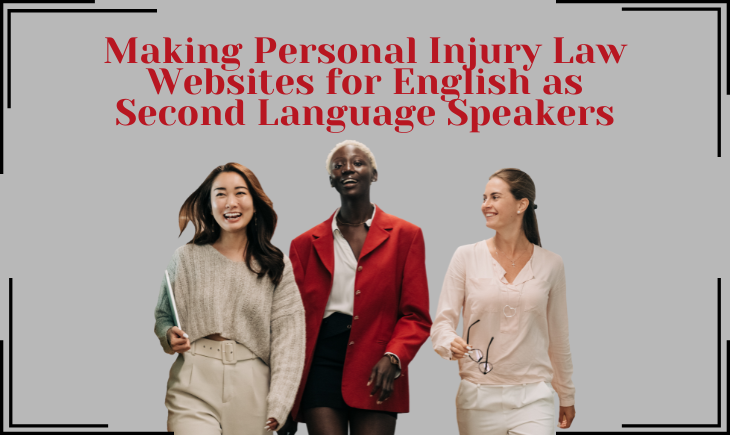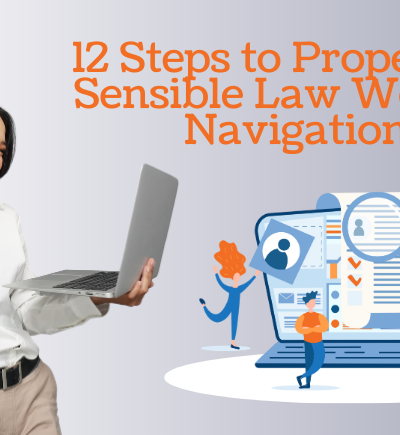Creating an easily understandable personal injury law website for English as a second language (ESL) individuals requires careful attention to language, organization, and user experience. Here are 10 tips to help you make your law website more accessible and user-friendly for ESL visitors:
1. Use Simple Language
Avoid complex legal jargon and use straightforward language. Explain legal terms or phrases in a concise and easy-to-understand manner.
2. Organize Content Effectively
Structure your website in a logical and organized way. Use straightforward headings, subheadings, and bullet points to break down information into digestible chunks.
3. Short Sentences and Paragraphs
Keep your sentences and paragraphs short. This makes it easier for ESL users to follow the information without feeling overwhelmed by long text blocks.
4. Provide Clear Navigation
Use a straightforward and intuitive navigation menu that is easy to understand. Group related topics together and provide a search bar to help users find information quickly.
5. Visual Aids
Utilize visual aids such as diagrams, charts, and infographics to support textual information. Visuals can enhance understanding, especially for ESL users who may benefit from visual representation.
6. Multilingual Support
Consider offering multilingual support on your website. Include a language selector that allows users to switch to their preferred language or provide translations of important content if feasible.
7. Define Key Terms
Provide definitions or tooltips for key legal terms on your website. This helps ESL users understand the specific vocabulary used in the legal field.
8. Use Concrete Examples
Illustrate legal concepts with real-world examples to make them more relatable and understandable. Use scenarios that resonate with a diverse audience.
9. Avoid Cultural References
Minimize using culturally specific references, idioms, or slang unfamiliar to ESL users. Stick to universally understandable language and concepts.
10. User-Friendly Design
Ensure your personal injury law website has a clean and user-friendly design. Use a legible font, ample white space, and appropriate color contrast. Make sure buttons, links, and forms are clearly labeled.
11. Plain English Resources
Provide links to additional resources that explain legal concepts in plain English. This allows ESL users to delve deeper into specific topics at their own pace.
12. Test and Gather Feedback
Conduct user testing with ESL individuals to evaluate the usability and clarity of your website. Collect feedback and make improvements based on their suggestions.
Conclusion
Remember, the goal is to make your personal injury law website accessible and understandable to a wide range of users, including those for whom English is a second language. By implementing these tips, you can significantly enhance the user experience and ensure that ESL visitors can navigate and comprehend your website’s legal content more effectively.






